 |
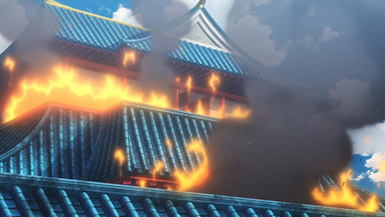 |
 |
 |
 |
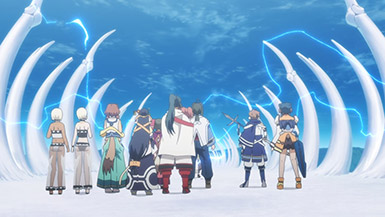 |
 |
 |
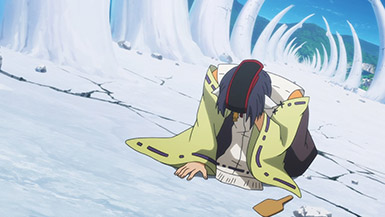 |
 |
 |
 |
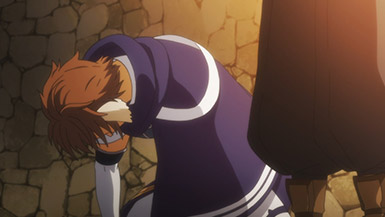 |
 |
 |
 |
 |
 |
 |
 |
 |
 |
 |
 |
 |
 |
 |
 |
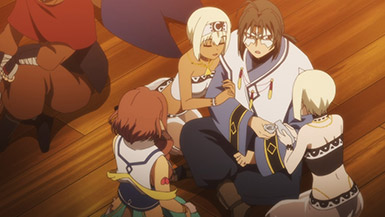 |
 |
 |
 |
 |
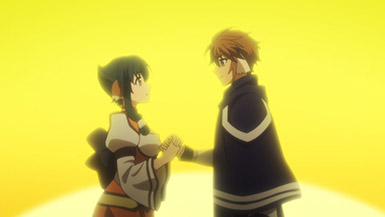 |
 |
 |
「復興の誓い」 (Fukkō no Chikai)
“A Vow to Rebuild”
Utawarerumono: Futari no Hakuoro isn’t a bad adaptation by any means. It is true to the spirit of the source, competently interprets the characters and setting, preserves the fantastic performances of the cast and the score, and has carefully paced the story for an episodic format. By many measures, it is good enough. But for fans of the source material (and I consider myself a big one), ‘good enough’ is, unfortunately, rarely good enough. Fans are fickle and fans are greedy. We’ve already experienced all the drama of the source game, rode through the ups and downs of the story and undergone catharsis, and we want the adaptation to make us feel exactly like – no, feel more than we did the first time around. That’s not really a viable expectation for any story but still we demand it, like violent junkies always seeking a bigger hit.
So the question begged is, why adapt a story at all? There are the utilitarian reasons where a different medium may be able to reach a wider audience, but for those who already experienced the original, what reason do we have to consume the adaptation? Obviously, that’s a question of the advantage that one medium has over the other. And even more obviously, the advantage of anime is the animation. Anime lets us see what may have been a more static story come to life, sometimes even larger than life. I’m not the only one watches an anime adaptation and knows that one scene and will tell all their fellow viewers that it’s totally awesome and – no, wait for it! Wait for it! It’s coming! It’s going to knock your socks off!
…And then it doesn’t land and our metaphorical balls are now a metaphorical shade of blue.
I’m not saying Utawarerumono: Futari no Hakuoro is that disappointing. But it is disappointing, even if slightly. While Futari no Hakuoro has never let its production values stop it, they do hinder it. It’s hard to deny that it doesn’t have generally uninspiring action scenes and the models decompose quickly in distance shots. And the disappointing part is that we know that FnH is capable of more but it shoved all the awesome in the OP and didn’t have enough left over for the episodes.
I’m not necessarily asking for sasuga action scenes, recognising that action is not necessarily the main strength of Utawarerumono. But there were many opportunities for FnH do things better than the game, to prove itself as an adaptation, and but it falls just short each time. For example, in the game the bridge destruction to be very tragic but never shows it being that impactful in a physical sense. The anime, though, understands it should be catastrophic. Here was a chance to sell the enormity of this piece of infrastructure, really ramp up the destruction, go full disaster movie, and capture the calamity in riveting animation, but all we manage is lots of dust and some still shots. It had the right idea but could not pull off the execution. The heart was willing but the flesh was weak.
I will probably drop coverage of Utawarerumono after this season. Again, it’s not a bad show per se, but I really want to like ait and don’t really want to be put in a position to critique it every week. Maybe I’ll come back at the end and write an overall impression about the show. And, hey, Futari no Hakuoro could always turn itself around. There’s a lot of epic in the story yet to come and maybe its saving itself for Utawarerumono’s true summits. I sure do hope so.

When they showed the shot of the destroyed bridge as the group was heading back, I thought they were already doing reconstruction since some of the pillars were left standing. I don’t know if that’s the case anymore, but I also didn’t understand why the bridge was so important (outside of it being a symbol of the monarchy unless that’s it’s sole reason). Maybe they already explained it in a previous episode and I forgot, but I do agree with your opinion that they should have done more to show the impact of the bridge’s destruction/importance.
Perhaps it’s just the nature of trying to adapt everything into a digestible animated medium, but it feels like they’re trying to quickly get the party to realize Oshtor isn’t really who he claims to be for the “big twist” or something. Again, I am an anime-only watcher so I have no idea of these “subplots” (if you wanna call it that), are crucial to the harem-specific routes or the overall plot in general from the source material. Maybe they’re in a rush and 28 episodes isn’t enough? Who knows. I feel like, in this episode at least, they could have cut out a chunk of the drinking scene to focus on the parts you’ve criticized.
To address the questions in your comment:
1. The bridge also served as a direct land route to the capital so was important economically. Also, the emperor is a big deal for the people of Yamato so the symbolic value is important. Beyond that, though, it’s just a really massive thing and destroying it should be equally impressive. Have you watched Castle in the Sky Laputa? That is how anime should destroy ancient architecture.
2. To clarify, Oshtor’s identity never really is a big twist because the viewer (or player of the game) always knows who he is. There are also no routes in the game; it is a linear plot. There is a lot of plot though and the Yamato civil war is only one of the things going on this world (important though it may be).
Ah okay. That makes a lot of sense. Thank you for answering my questions. I hope things get better for the anime since I can only assume there are some stuff behind the scenes that are hindering it in certain aspects (ie. animation and direction).